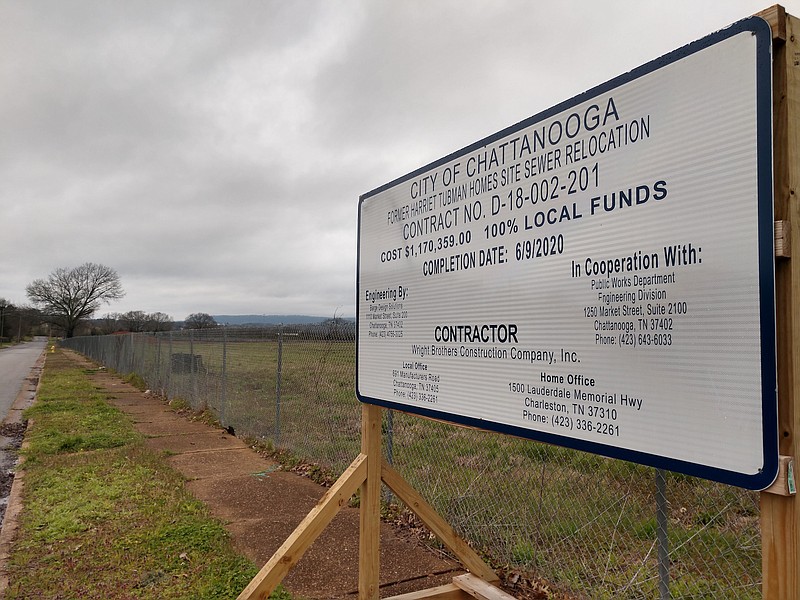A draft plan charting the future for many of Chattanooga's urban neighborhoods calls for preserving single-family homes, offering affordable housing, and creating walkable village centers.
But the sprawling area bordered by the Tennessee River, Missionary Ridge, Interstate-24 and South Chickamauga Creek has an unemployment rate at an eye-popping 17%, one resident said, and there's a need for more education facilities and manufacturing.
Also, with renters making up a reported 61% of the population in the area that includes 17 Chattanooga neighborhoods, more housing density should be eyed, one expert said.
"One of the things about the plan that concerns is that it's really protectionist of R-1 (Residential-1) zoning at a time when across the country the trend is to do away with R-1 zoning for a lot of reasons," said Martina Guilfoil, CEO of the housing group Chattanooga Neighborhood Enterprise. "A lot of reforms create density to alleviate the housing shortage."
The proposed plan, dubbed "Historic River to Ridge," was developed by the Chattanooga-Hamilton County Regional Planning Agency after over more than a year with input from the community.
The draft said that while the area is benefiting from people moving back to the city center, long-time residents are worried about losing the character of their neighborhoods.
The 228-page report, which will still undergo more study by the Regional Planning Commission, said there are also concerns about maintaining affordability for existing residents as new investment increases rents and home values in the area.
Dr. Everlena Holmes, who lives in Glenwood, said there's a need to strike a balance between single-family neighborhoods and creating more housing options for residents who can't afford to buy a home.
PLAN NEIGHBORHOODS
* Avondale* Battery Heights* Boyce Station* Bushtown* Churchville* Ferger Place* Gaylan Heights* Glass Farm* Glenwood* Highland Park* Oak Grove* Orchard Knob* Park Central* Ridgedale* Riverside* Waterhaven* Wheeler
She said the 17% jobless rate in the area is unacceptable compared to Hamilton County's rate of less than 4%.
"Not only do we need to look at development opportunities, but also why residents are not employed by industry in this area," Holmes told the Planning Commission this week.
The report cited several brownfield sites, such as the Tubman, Buster Brown, Dixie Mill, and Standard-Coosa-Thatcher locations, which need redevelopment to bring jobs and housing.
Holmes also cited the idea that has been floated of a vocational school on the site of the former Mary Ann Garber School in East Chattanooga. Chattanooga, Hamilton County and private partners are looking to form a construction vocational school on the site.
"There's a serious lack of educational attainment," Holmes said.
In addition, she said that village centers in the area are in demand.
Ken Smith, president of the Avondale Neighborhood Association, said it's key to preserve single-family housing and to grow more retail and commercial space.
"That's something that is lacking and important for our future," he said.
Billy Reynolds, the Glenwood Neighborhood Association president, said that manufacturing is being pushed away from part of the city where it was once prevalent, such as near the riverfront.
He cited plans to bring a Nippon Paint plant to the former Harriet Tubman housing site. The Japanese automotive paint manufacturer plans to begin building a $61 million plant this year on part of the abandoned site and create 150 jobs.
Reynolds cautioned the board and residents about welcoming manufacturing to the area, citing how residents didn't ask for manufacturing in the Area 3 survey results and how manufacturing is being pushed away from more developed parts of the city such as the riverfront.
Guilfoil said that when it comes to housing in Chattanooga, the biggest problem isn't prices, but wages.
"Wages haven't kept pace," she said. "Chattanooga has affordable housing. It's wages we struggle with."
Contact Mike Pare at mpare@timesfreepress.com or 423-757-6318. Follow him on Twitter @MikePareTFP.
